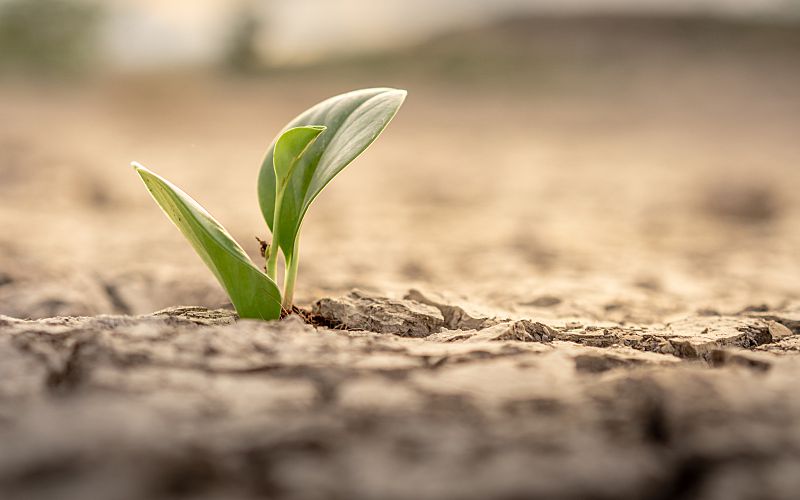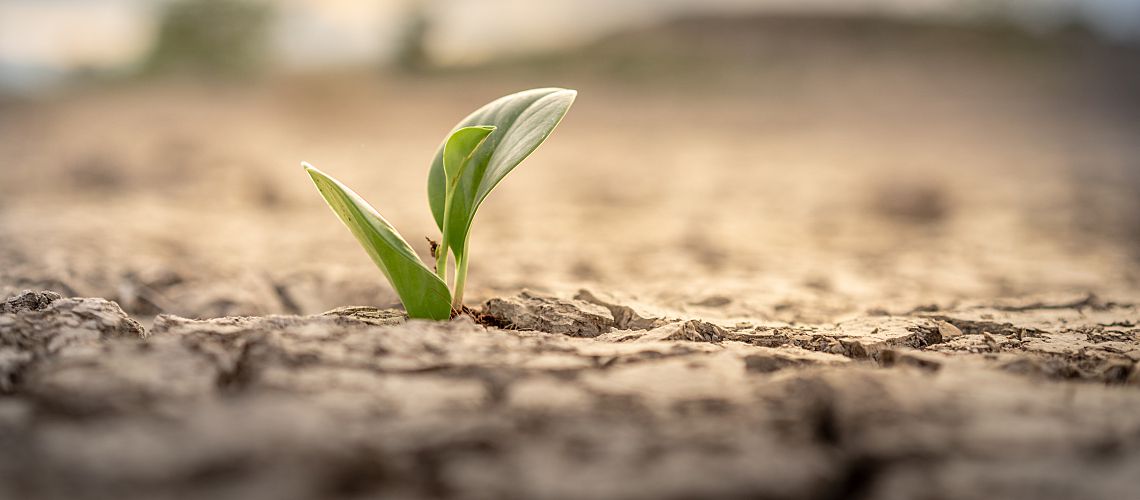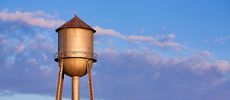Drought Communications: 10 Tips for Sharing Your Utility's Plan


Droughts are severely impacting the U.S., from the Pacific Coast to the Great Plains, and the Southwest to the upper Midwest. In fact, 2021 could be the worst drought season the U.S. has experienced since 2012.
For utilities serving these areas, communicating your drought response and recovery plan to the public is critical. Water shortages can result in low water supply, poor water quality, stressed alternative sources, greater user demand, higher costs, and lower revenues. The upshot can be significant economic, environmental, and operational impacts for your utility and the customers you serve.
10 Communication Tips
To help customers understand you're in this together, you need to communicate regularly, simply, and honestly. Here are 10 tips to assure your constituents and the media that you have a plan and you're prepared to implement it.
1. Keep Your Message Consistent
The simplest message is a true statement of the water shortage severity and how you plan to respond to it. You'll need to tell customers the actions you expect them to take to meet water reduction goals and why their cooperation is so important at every stage of the crisis. Continue regular communications as long as the water shortage persists.
2. Coordinate With Other Local Utilities and Agencies
Make sure other utilities in the area — especially other water suppliers — are implementing the same water-use restrictions and communicating the same message. Everyone in your region needs to understand the implications and costs of a water shortage. Keep track of the most frequently asked questions (FAQs) and prepare a list of viable answers. Create a dedicated FAQ section for your website.
3. Use a Variety of Channels
You serve diverse customers, and they use diverse channels to communicate. In addition to bill inserts, newsletters, radio and TV, billboards, and road signs, you can also communicate via email, website, text message, and social media. Don't forget to produce press releases and offer op-ed pieces to the local media.
4. Post Information on Your Website Homepage
Make sure your landing page highlights key information on drought conditions and updates. Offer tips on how to conserve water. These might be simple measures like turning off the faucet when brushing teeth or running the dishwasher or washing machine only when fully loaded. Remind them to monitor their water bills and check with their utility about any anomalies.
5. Prepare a Presentation With Talking Points
Make sure everyone in your organization is in sync and providing the same communication points when discussing drought conditions with customers and the community. You want them to provide clear, accurate, and consistent information, so make it easy by providing key talking points.
6. In-Person Communication Is Critical
Take the opportunity to speak with local organizations or clubs. Give members of your community the chance to ask questions about the difficulties they're facing. Show compassion for their circumstances, but provide straightforward information on why the sacrifices they make now are essential in taking care of everyone.
7. Promote Conservation in Your Community
Now is a great time to visit schools and service organizations and talk with young people about conservation. Instill lifelong water conservation habits now. Although climate change will most likely impact future droughts, let them know that their practices today will affect the future health of the environment.
8. Focus on Success
Yes, a water shortage has dire consequences, but your community should have water conservation success stories, too. Make sure to highlight these wins. Spotlight local businesses that can act as models for water conservation in your community.
9. Tell a Story
One of the most effective ways to reach people is by creating a story with an "everyman" who accurately represents your community. How do they face a water conservation challenge? What methods do they employ to overcome the situation? The story could follow them as they navigate through a list of water use "dos and don'ts." They could become a model conservationist by following the simple water-saving recommendations to repair leaks or install low-flow showerheads. These are also money-saving tips that can provide further incentives.
10. Translate Your Materials
English may not be the primary language for many people living in drought-prone regions. To make sure that your message is reaching everyone, provide information that is translated into the languages used in your community. To manage water effectively, you'll need everyone's help.






